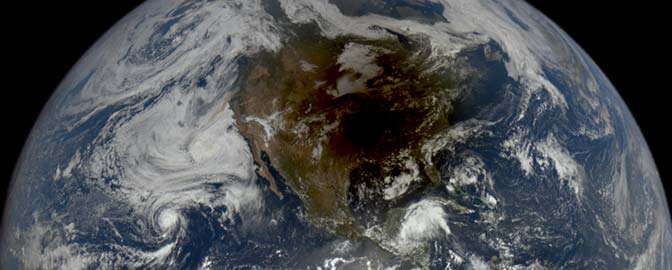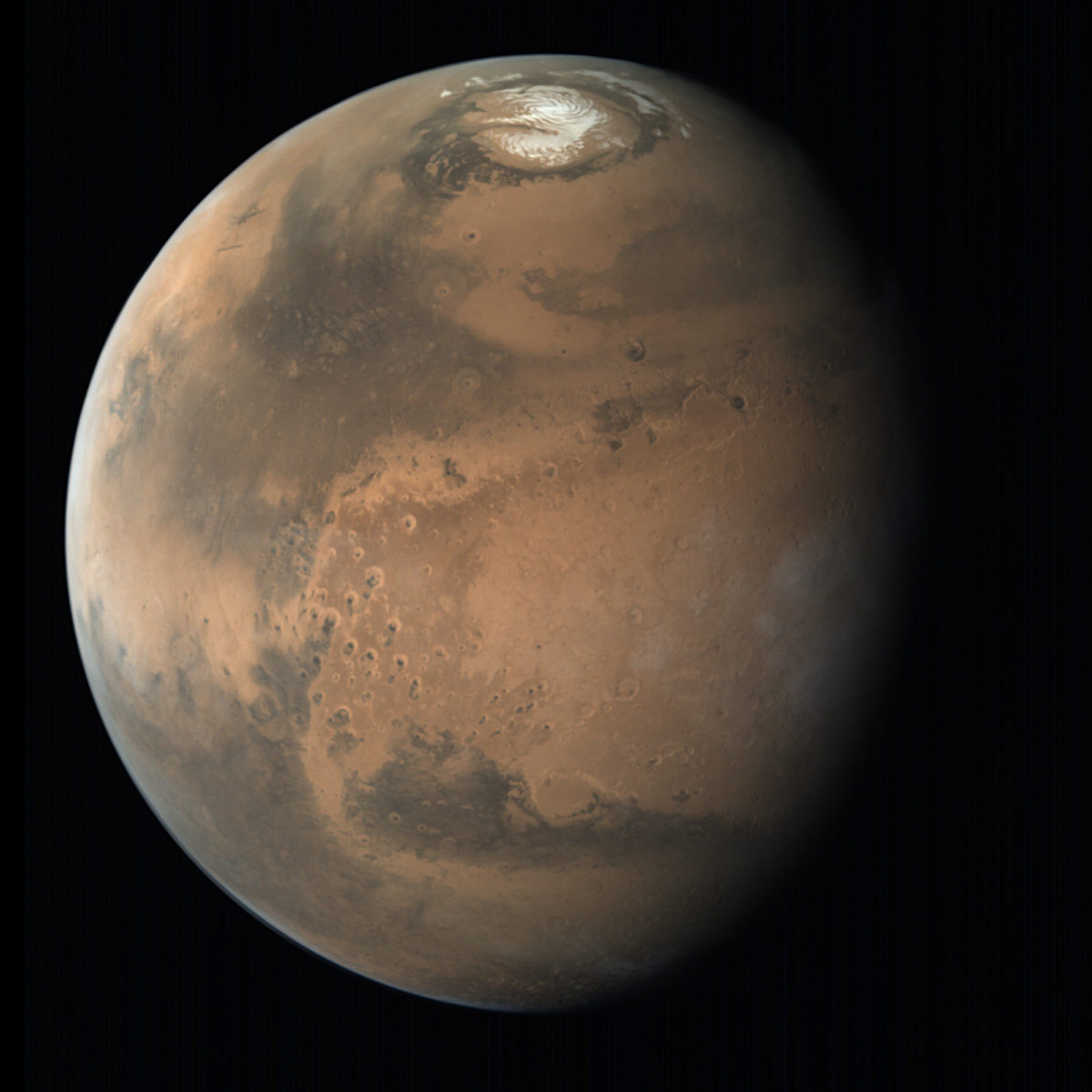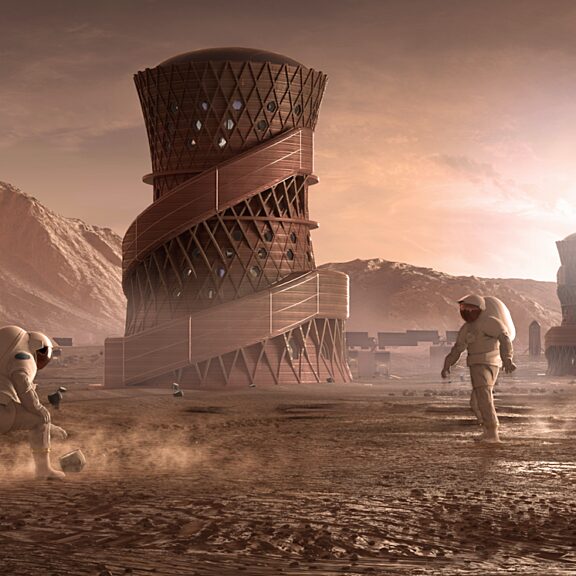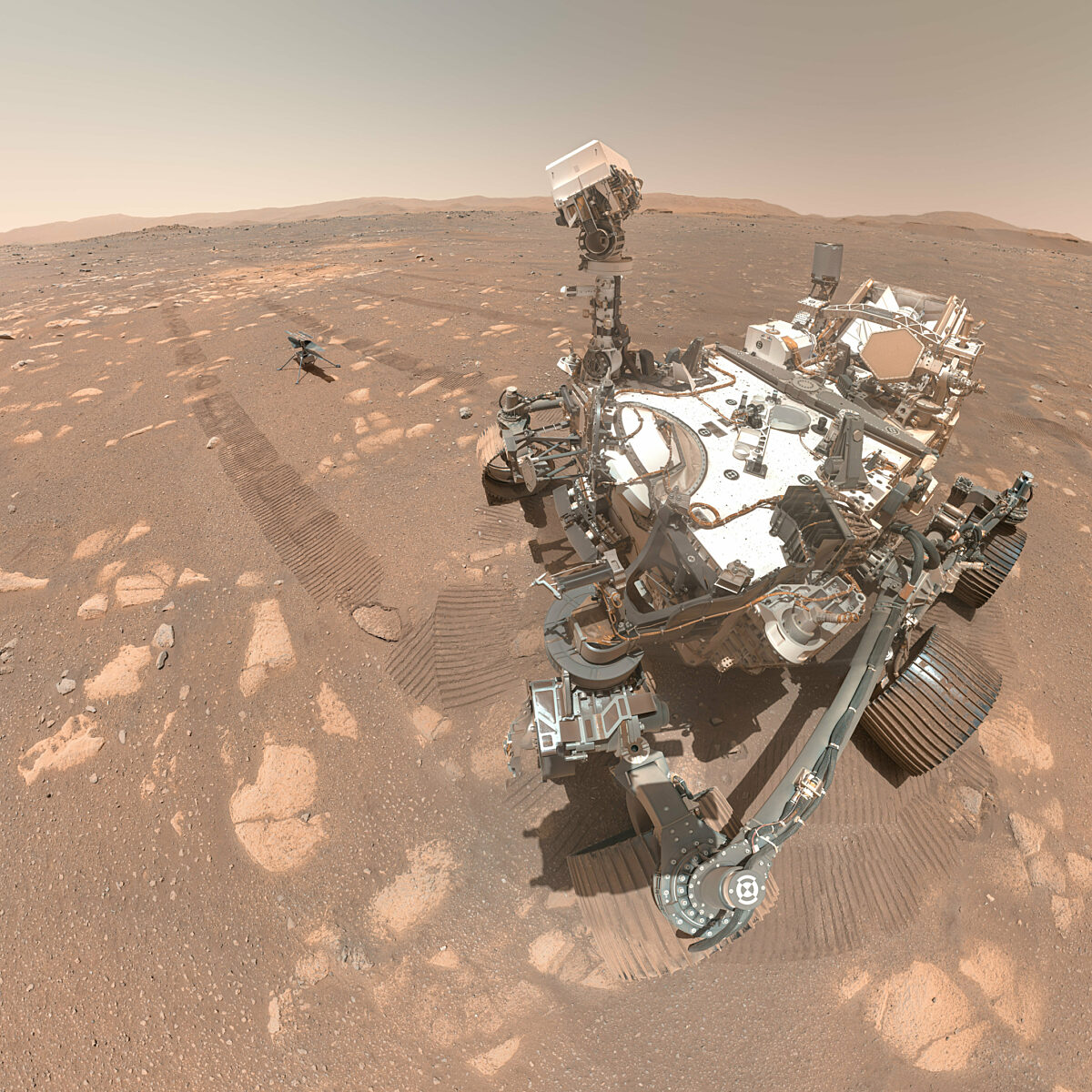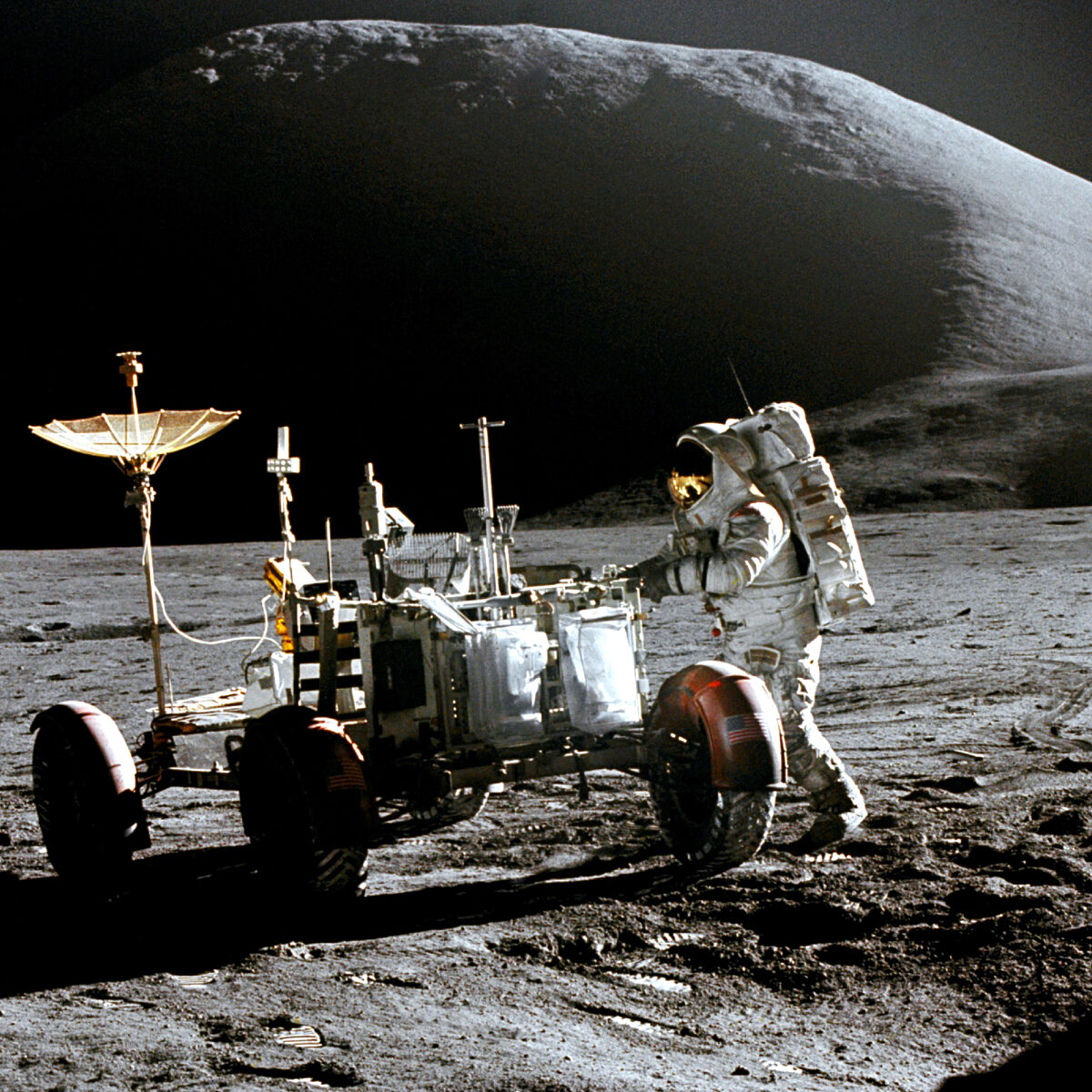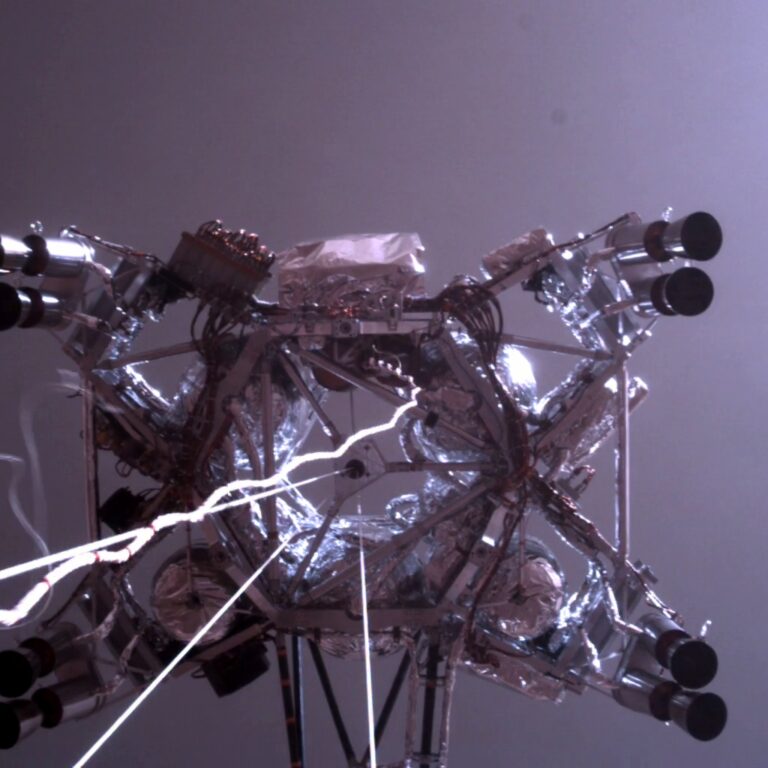Since 2002, Planetary Radio has visited with a scientist, engineer, project manager, advocate, or writer who provides a unique perspective on the quest for knowledge about our Solar System and beyond. The full show archive is available for free.
Search Planetary Radio
Scientists need your help identifying clouds high above the surface of the red planet. The goal is to figure out where Mars’ water went.
Mat Kaplan helped host the Humans to Mars Summit in Washington D.C., where much of the community that is working to get us to Mars gathered.
The Mars 2020 rover has rolled into an ancient river delta on the Red Planet. Will we find evidence of past life there?
Water may have flowed on Mars for a billion more years than was previously thought, giving possible life an extra billion years to thrive.
New research shows that the giant plumes of Saturn’s moon Enceladus may not be coming from the warm ocean deep below the icy surface.
The Curiosity rover’s lead researcher reviews the latest findings and images from Mars’ Gale Crater.
Discovering Mars is the new chronicle of humanity’s long relationship with the Red Planet, assembled by space historian William Sheehan and Mars explorer Jim Bell.
The DART mission begins its journey that will end when it smashes into an asteroid, demonstrating how we might save Earth from a devastating impact.
Here’s our sampling of the leading edge research presented by NIAC Fellows at NASA’s 2021 virtual gathering.
Highlights of the annual gathering of leaders and experts who are building toward humans walking on the Red Planet.
Can NASA send robotic explorers to Mars for a tiny fraction of what most missions cost?
New research indicates that what appeared to be liquid water hiding under Mars’ polar ice may actually be a form of clay.
The Perseverance rover’s chief robotics engineer takes us for a spin across Mars.
Space historian and author of A Man on the Moon Andy Chaikin returns as we celebrate Apollo 15’s 50th anniversary.
Atmospheric scientist Mark Lemmon discusses the beautiful clouds on Mars imaged by NASA's Curiosity rover.
The leader of the Mars Helicopter test mission celebrates her team’s success and explores the daunting challenges they overcame.
NASA’s Ingenuity Mars Helicopter makes a successful first flight on the Red Planet, while two researchers offer new insights on the first interstellar object discovered in our solar system.
Perseverance rover deputy project scientists Katie Stack Morgan and Ken Williford share the latest developments from Mars’ newest robot resident.
Relive the most dramatic and awe-inspiring moments from NASA’s Perseverance rover landing on Mars.
Author of The Martian Andy Weir and the leader of the United Arab Emirates’ successful Hope Mars orbiter mission joined other Mars all-stars at Planetfest ’21.


 Explore Worlds
Explore Worlds Find Life
Find Life Defend Earth
Defend Earth